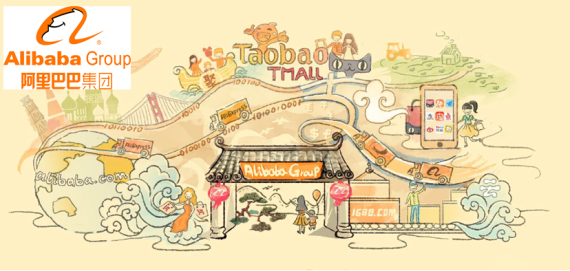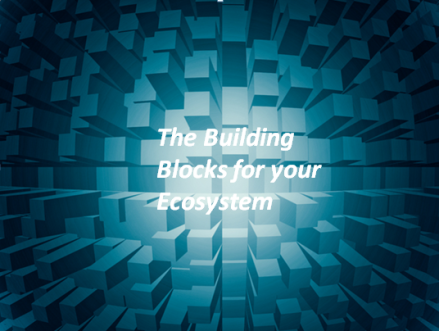
Today and in the future, we continue to take where we are in our technology and digital understanding and feed it more remarkable human ingenuity. Combining the collected knowledge found in a network of collaborators can dramatically advance the solutions sought by unlocking previously intractable problems.
We have entered the innovation era as we combine in ways not possible until recently. If we take any industry, any societal problem, as we tackle climate challenges, the power of connected innovation will make a difference and give us our breakthroughs.
We are still searching for the “how and what.” We need to push ourselves by opening up to the “where and why” in a network of connecting ways. We are recognizing sharing what we know accelerates understanding for all those involved.
Recognizing ecosystems are vital, combining human, technology, and data allows us to pursue multiple possibilities, explore them faster than before, evaluate them in quicker, more imaginative ways and scale those that show promise. Continue reading


 There is a growing body of work about “orchestration” and its need in the business world. As we form a greater association with ecosystems as the business design, the orchestrator becomes central to its performance and success.
There is a growing body of work about “orchestration” and its need in the business world. As we form a greater association with ecosystems as the business design, the orchestrator becomes central to its performance and success. If ever there is one company in my mind that is at the forefront of building ecosystems, platforms and customer engagement, that is the
If ever there is one company in my mind that is at the forefront of building ecosystems, platforms and customer engagement, that is the Today business organizations are in need to put in place the building blocks for managing ecosystem designs.
Today business organizations are in need to put in place the building blocks for managing ecosystem designs.